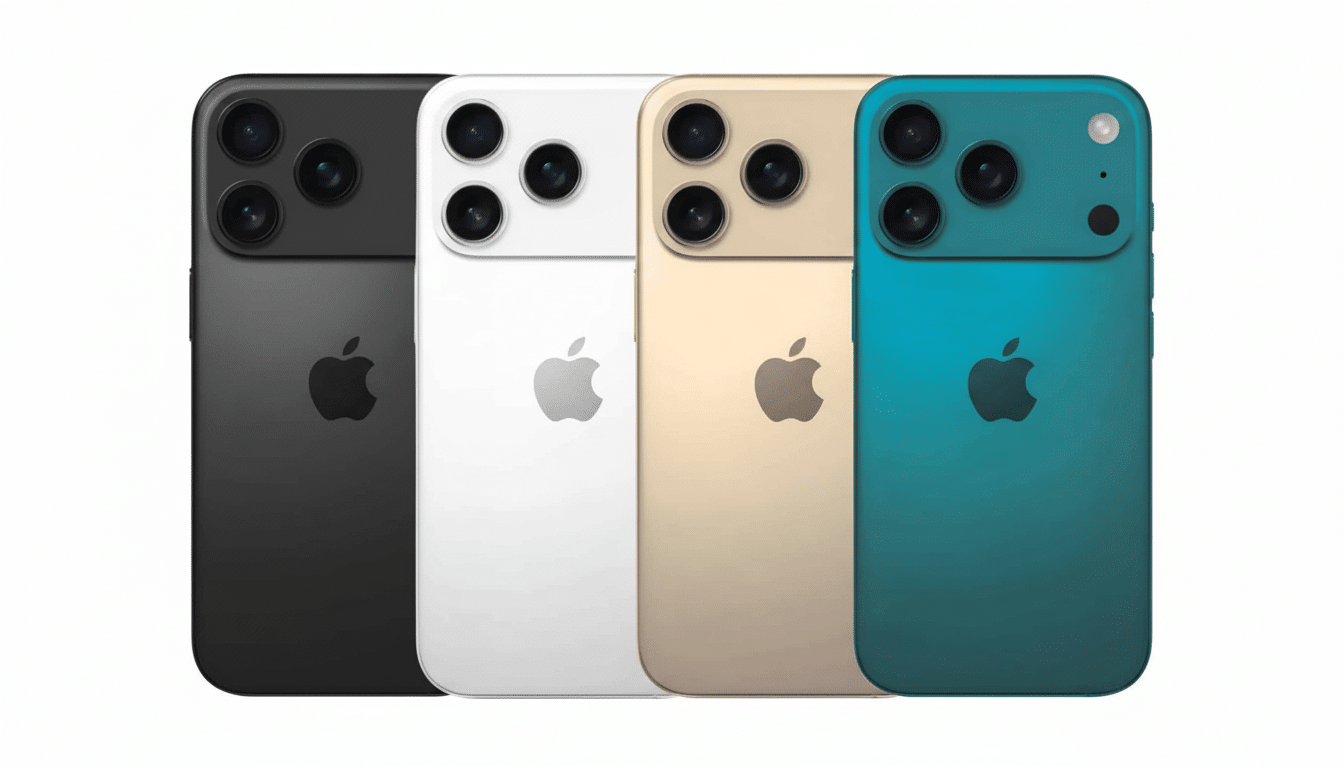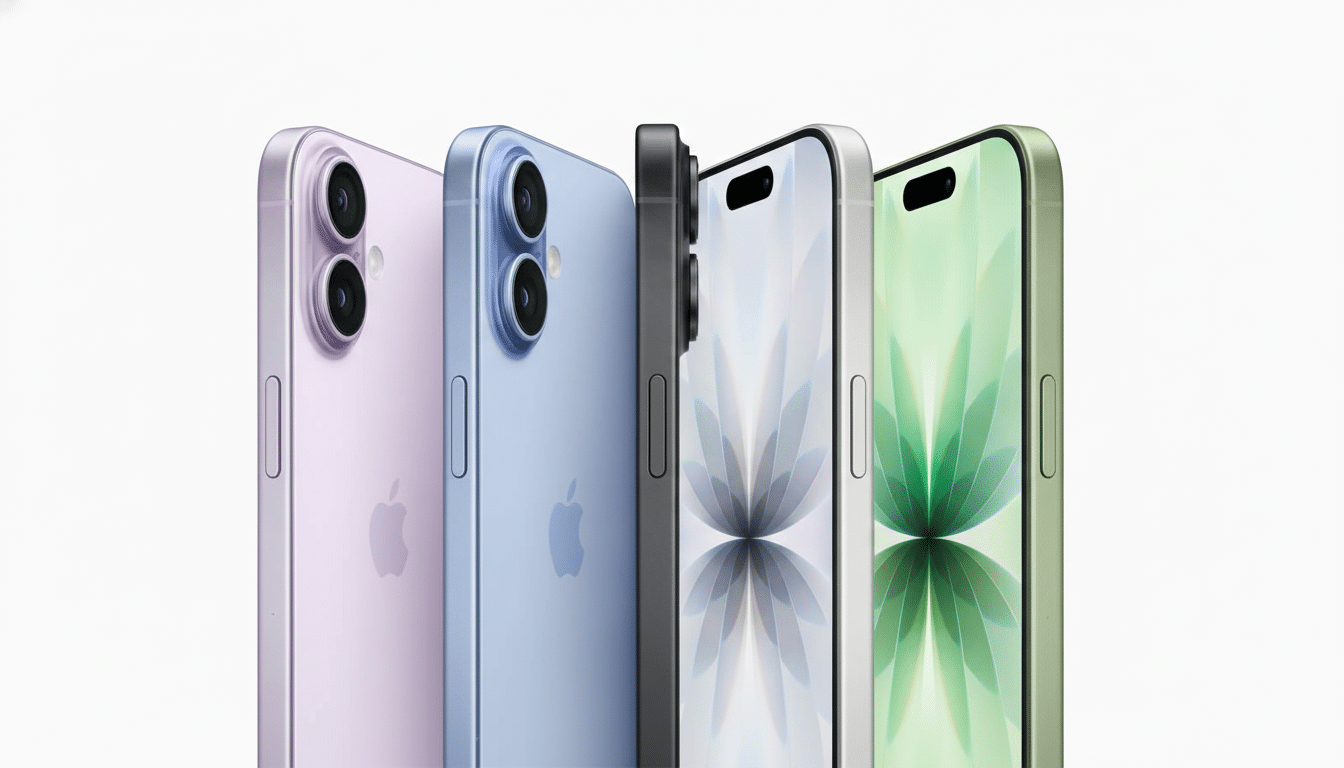Apple’s most recent keynote hit the refresh button for everything: the iPhone 17 range, ultra-sleek iPhone Air, AirPods Pro 3 and new Apple Watch models, Series 11 and Ultra 3. The theme was clear — thinner, brighter, more energy-efficient hardware with a few strategically applied AI assists — all adhering to the familiar Apple playbook of tight integration and measured feature leaps.
iPhone 17 series: faster screens, brighter cameras
An equivalent of an iPhone 17 makes it to the line with a 120Hz ProMotion display, as in Android rivals, popular in even midrange phones, closing a long-standing gap that has been charted by Counterpoint Research over the past two cycles by the standard iPhone. Apple combines the panel with a new A19 chip and a reworked front camera that features Center Stage-style framing to keep faces on view for creators and video callers.

On the Pro side, Apple switches to a redesigned back which features a larger camera “visor” and positions all three rear sensors at 48MP. That telephoto now goes up to 4x optical and up to 8x “optical-quality” zoom, according to Apple, through a tetraprism model and sensor fusion. A vapor chamber cooling system, a feature long seen in gaming phones, says it’ll offer up to 40% better sustained performance over the previous Pro — welcome news for console-grade titles and extended 4K capture.
Pro models also get an anti-reflective front coating for outdoor viewing and support advanced video workflows including ProRes RAW as well as Genlock. Apple even filmed parts of the presentation on a iPhone 17 Pro, an old familiar flex that speaks to how the company hopes pros will see this collection of cameras.
iPhone Air: super slim design, eSIM-only ambition
iPhone Air was the surprise headliner—a large-screen, large-display iPhone that’s all about portability while keeping premium materials. A glossy, Ceramic Shield-covered back, a titanium frame, and a sculptured camera module all in the service of a reduced, more sink-in-your-hand-like kind of bulk and durability. In the hand, that combination of heft and weightlessness is the thing; on paper, it’s Apple’s biggest industrial design shift since the iPhone X period.
To make the room, Apple trims back to a single 48MP “fusion” rear camera that imitates multiple focal lengths in software, plus a new A19 Pro chip, and a network stack that incorporates an N1 chip that gives you Wi‑Fi 7, Bluetooth 6, and Thread for smart home reliability. The Air is also Apple’s first iPhone to go on sale eSIM-only, worldwide. GSMA Intelligence has been tracking the rapid readiness of carriers in recent years, and Apple’s move should leave internal room for battery and cooling as well as prod the industry a little further in the direction of digital provisioning.
Apple promises its most power‑efficient iPhone yet, with all‑day battery life. There are trade-offs — single camera, aggressively thin frame — but the pitch comes across loud and clear: the big‑screen iPhone for people who hate big phones.
AirPods Pro 3: more powerful ANC, on-device translation
AirPods Pro 3 have a new multi‑port acoustic design that helps AirPods Pro 3 adjust airflow in‑ear and enhance noise isolation for a better listing experience with increased clarity and while minimizing distortion at higher volumes. Apple says active noise cancellation is now two times more effective than the older generation, with battery life extending up to eight hours with ANC on and 10 hours in Transparency mode.
New health-oriented features include heart‑rate monitoring using the ear canal, which the company said offered promising signal quality for PPG (photoplethysmographic) sensors based on academic research, positioning the buds as a lightweight workout companion to the Watch. Five ear tip sizes attempt to better fit and passively isolate more ears.

Live Translation comes to life with Apple Intelligence, featuring on-device processing for low latency on iPhone. Significantly, translations can be passed to multiple AirPods Pro users, with context-aware playback pulling down louder, foreground voices as the translation is being spoken. That’s a real‑world application of AI that favours privacy and immediacy over dependence on the cloud.
Apple Watch Series 11, Ultra 3 and SE 3
Apple framed this Watch update in terms of health and safety. Series 11 gains 5G connectivity, additional watch faces, Sleep Scores and a ceramic coating that Apple claims is much more scratch‑resistant, but manages to keep the case thinner and more comfortable. A 30‑day trend analysis can highlight signs that are indicative of hypertension using the optical sensor; Apple says it’s seeking regulatory clearance. As always, health claims will succeed or fail on their clinical validation and acceptance by governments in different regions.
Ultra 3 is about strength and stamina: A brighter, wider‑angle OLED, trimmed bezels, and Apple’s longest‑rated Watch battery — up to 42 hours. It introduces satellite support for emergency messaging and syncing a location — as in syncing it to your friends, too, which has been quietly itching across Apple’s product line. The SE 3 shifts on to a S10 chip, gets an always‑on display and — finally — fast charging, taking up to eight hours of use from a quick top‑up.
Apple still holds the lead in global smartwatch revenue share, according to Counterpoint Research, and this lineup doubles down on that advantage: everyday fit in Series 11, venture range in Ultra, a more capable starting point in SE 3. Look for band collaborations, from sport to luxury, to continue to be a significant upsell.
Early take: incremental AI, tangible gains
Bloomberg’s Mark Gurman suggested not much new AI at this hardware event, and he was right. Instead of splashy generative features, Apple focused on‑device intelligence that solves everyday nuisances — auto‑framed selfies, context‑aware translations, smarter battery management. The larger advancements are physical — vapor chambers for long-lasting performance, a thinner chassis that’s more durable, wider satellite coverage, up and down power efficiency.
Against phones like Samsung’s Ultra and Google’s Pro flagships, the iPhone 17 Pro’s camera math will get a workout in long‑zoom and low‑light photography. But the bigger story might be the iPhone Air redefining “big but featherlight” for the mainstream, and AirPods Pro 3, making translation into a feature you can finally use on a busy street.
Prices at a glance
Apple prices the iPhone 17 from $799, the iPhone Air from $999, and the Pro and Pro Max from $1,099 and $1,199. AirPods Pro 3 are $249. Series 11 starts at $399 for the price of Apple Watch, Ultra 3 starts at $799 and SE 3 starts at $249. Actual availability will depend on the region and model.

